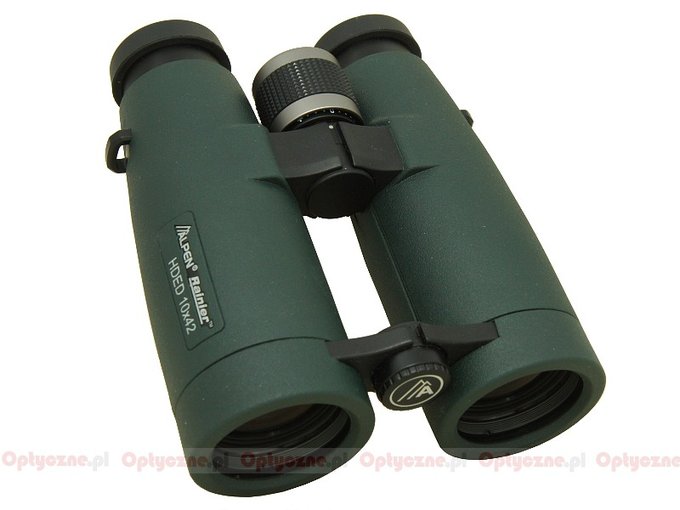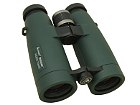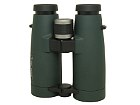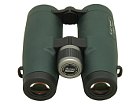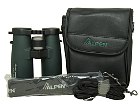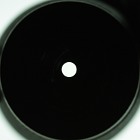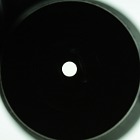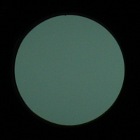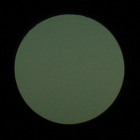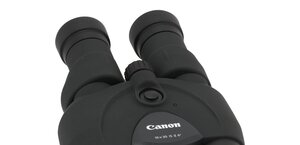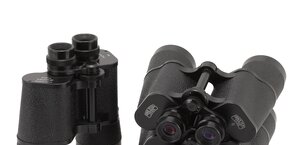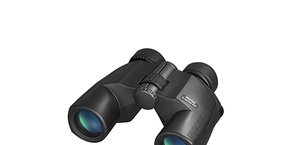Alpen Optics Rainier HD ED 10x42
In 2011 the company decided to introduce some changes in the 42 mm class. The 8x42 and 10x42 binoculars gained a new casing and low-dispersion glass in objectives so a new mark - HD ED - appeared on their bodies. Rainier binoculars’ casings are made of magnesium alloys covered by high quality rubber which is supposed to ensure they are fully waterproof; the fact that the instrument is nitrogen-filled makes the elements also fogproof. The A-Lock dioptre locking system allows faster focusing and saving of the chosen parameters. Twisted-up eyecups feature detents. The pair of binoculars is offered in an elegant case, along with an additional leather carrying case and a comfortable, wide strap. Like all the models of Alpen Optics binoculars, also the Rainiers come with lifetime warranty period. The binoculars of this series are produced in Japan.
| Magnification | Lens diameter | Angular field of view | Prisms | Eye relief | Weight | Price |
|---|---|---|---|---|---|---|
| 10 | 42 | 114/1000(6.5o) | BaK-4/roof | 16 mm | 835 g | 3999 PLN |
Summary
Pros:
- solid casing,
- good transmission,
- very low astigmatism,
- slight coma,
- quite well controlled distortion,
- good whiteness rendering,
- high quality of coatings and prisms,
- low flares
- imperceptible light fall-off on the edge of the field of view,
- minimum focus already from 1.6 metres,
- good warranty conditions.
Cons:
- noticeable chromatic aberration on the edge of the field of vision.
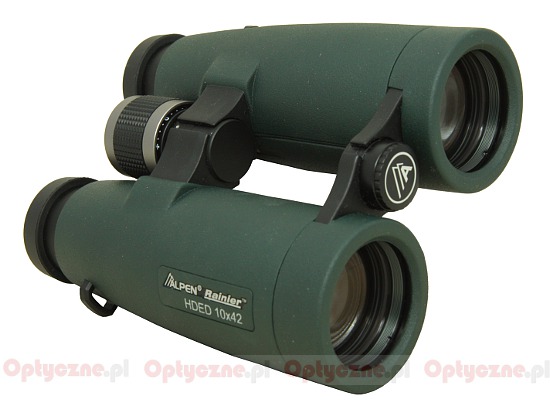 |
The best and the most expensive Alpen binoculars from the Rainier series gained our recognition during the 8x32 and 10x42 class binoculars’ tests where they were placed near the top of the ranking. Despite good performance the Alpen Optics company decided to give them a face lift and substituted 42 mm models by new pairs of binoculars, equipped with low-dispersion glass and a quite different outside design. It is against the rule which says that you don’t change horses in midstream, especially that just putting low-dispersion glass inside binoculars is not a remedy solving all problems; it can end up not as good as the producer has planned.
Fortunately for Alpen here everything went fine. The result of the new model is not particularly better than that of the old one but, taking into account the fact that it still remains excellent and the price stays at a roughly the same level (currently you can even buy it cheaper as it is being promoted), it would be difficult to carp about anything.
The transmission graph has changed slighly in comparison to the predecessor and now is slighlty worse with lower level of transmission for green-yellow and blue region of the visible spectrum. However, overall result in this category still remains good and we have no reason to complain here.
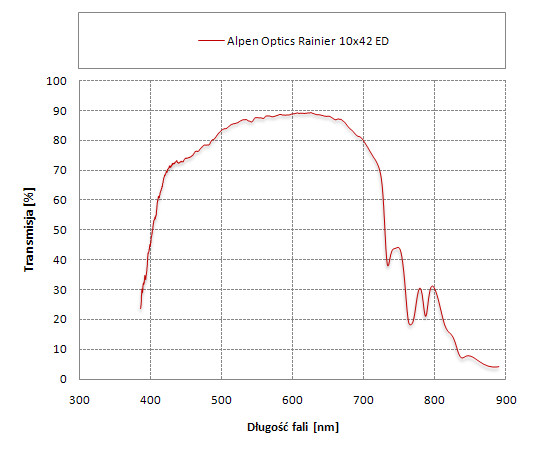 |
Despite using low-dispersion glass we couldn’t notice any significant improvement of the degree of chromatic aberration correction at the very ege of the field of view. If there is an improvement at all, it is slight. Fortunately the overall degree of that aberration is not high anyway and its correction in the center of the field is good.
Perhaps our summary is less than enthusiastic but only because we expected too much. When a company launches a successor of a very good model we count on it being a lot better and in many respects. Here you can’t see any noticeable improvement but, in order to keep the review well-balanced, we must state clearly that the result achieved by the tested instrument still remains splendid. If you add the fact that the successor weighs several dozen grams less and it doesn’t cost more than the older model, there is really no reason to complain because we deal here with a well-done, highly recommendable instrument.
 |




